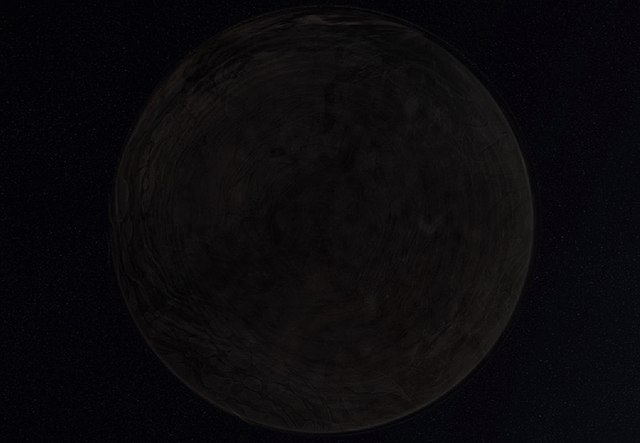
An article published in the journal “Monthly Notices of the Royal Astronomical Society” reports a research on the possibility that in a very distant future, estimated in 10^1100 years, even black dwarfs might explode in supernovae. Matt Caplan of the University of Illinois studied the models of white dwarf evolution as they will keep on cooling while pycnonuclear reactions, which occur at low temperatures but very high density, will generate iron-56. In quite a long time, even elementary particles will start decaying, and this will cause the explosion of the most massive black dwarfs, with masses between 1.2 and 1.4 times the Sun’s. It could be the last significant natural event in the universe.
White dwarfs are the fate that awaits stars of small and medium mass, too small to trigger the extremely energetic reactions that lead to a supernova. The Sun will also become a white dwarf in several billion years. These objects can no longer support the normal thermonuclear reactions that characterize stars, but for this reason, there’s no longer any force that compensates for gravity. They become very compact, with masses comparable to the Sun’s contained in volumes comparable to the Earth’s. The consequence is that at least in the ones more massive than the Sun, another type of fusion called pycnonuclear can be triggered, which generates iron-56. Eventually, their temperatures drop to the point of being cold, and they become black dwarfs.
In the very distant future, a number of years expressed by what’s called a googol, 10^100, 1 followed by a hundred zeros, theoretical models predict that there will be no longer enough hydrogen available to form new stars. The existing stars will die, even ultra-cool dwarfs that consume their hydrogen extremely slowly, leaving white dwarfs and eventually black dwarfs.
In such a distant future, even black holes will evaporate, and if the expansion of the universe keeps on accelerating, there will only be isolated galaxies which, at that point, will contain only black dwarfs and elementary particles scattered across it. Physicists and astrophysicists are trying to understand what could happen in such a situation, and the models predict the possibility that even elementary particles could decay. One consequence is that even objects that have been dead for a very long time could change their state with a collapse that would trigger a supernova.
According to Matt Caplan’s calculations, this type of supernova could begin in 10^1100 years, an inconceivable number for the human mind since it’s 1 followed by one thousand and one hundred zeros. These “fireworks” could continue for a time of an even more difficult length to conceive, about 10^32,000 years. Once finished, the universe might indeed be dead. All of this is purely theoretical and based on models that could be changed in the future, but for now, it seems like a possibility.

